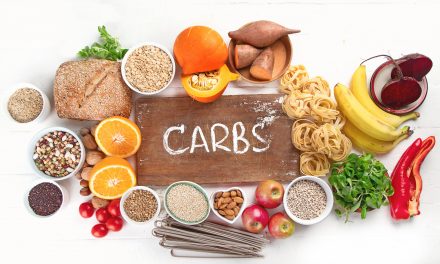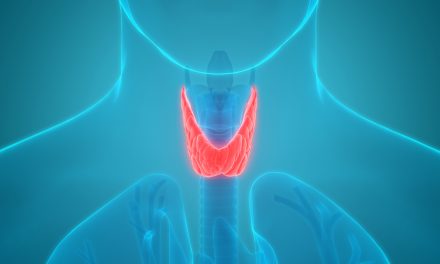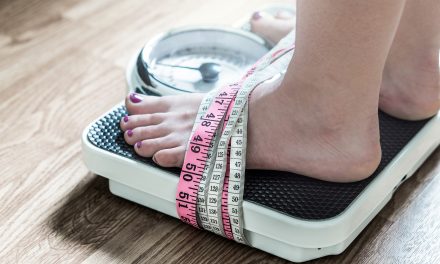Suffering from IBS and wondering if changing your diet will help? Curious about the health benefits of bone broth and whether it’s right for you? Guest blogger and nutritional therapist Karey Thomas weighs in on what to eat to improve your IBS symptoms:
Eating with IBS can seem very complex and confusing for so many people; however, adopting a diet rich in healthy fats and lacto-fermented foods will ensure the proper management of your internal ecosystem by achieving good bowel health. This the best way to improve your IBS symptoms.
Eliminate Food Triggers and Allergies
Good bacteria in our bowels thrive on healthy fats but are hindered by refined carbohydrates and sugars. Thus, the first step you can take to improve your IBS is to do an elimination diet. This will help you identify trigger foods or allergies.
The process of an elimination begins by removing any foods that you feel may be causing symptoms. Be sure to remove these foods in all forms and check labels for unsuspecting ingredients. It is safest to remove gluten, dairy, processed foods, and refined sugars including carbohydrates for 14 days. On the 15th day you can slowly, one by one, begin to reintroduce foods back into your diet and monitor for any reappearance of symptoms.
Fermented Foods
Once you have identified and eliminated triggers foods, you can begin to consume fermented foods such as sauerkraut, Keifer, and Kombucha. The number of gut-benefiting bacteria increases greatly during fermentation. Lactobacillus plantarum, a microorganism found on green leafy vegetables, is also extremely beneficial to gut health.
Soak Your Grains
Another step you can take to improve your IBS is to soak all grains for 12-24 hours. Soaking grains stimulates the sprouting process, allowing them to release chemicals that irritate and inflame the bowel and may even cause spasms. Consuming large amounts of whole grains and fibers that are not sprouted may increase IBS symptoms.
Bone Broth
Finally, if you are suffering from IBS, I recommend consuming liberal amounts of bone broth, which brings a healing quality to the intestinal wall, possibly because these amino acids function much like an antidepressant, resembling the serotonin drug you may have been prescribed.
Add a few Enzymes
While these dietary interventions are generally met with great success, it may also be necessary to add digestive enzymes to your diet. Enzymes will promote the digestion of food, allowing greater healing and decreasing the inflammation of the intestinal wall.
In addition to dietary changes, I always recommend getting plenty of exercise. Any kind of movement is beneficial to support a healthy digestive tract and promote digestion.
After following these suggestions for six weeks you should begin to experience relief of many of these symptoms coupled with an increase in your overall health.
Why Bone Broth?
“Bone Broth” is a popular phrase popping up in the health and wellness community lately. You may be wondering what’s so special about “bone broth”?
Bone broth is a deep, mineral-rich broth made by boiling the bones of healthy animals with vegetables and spices. This ancestral food has been used for generations to add flavor and depth to recipes. But did you also know it brings more than just flavor to your favorite dish?. This culinary tonic is bursting with minerals derived from the bones, which are full of calcium, magnesium, and phosphorus. Bone broth is excellent for soothing the digestive tract, boosting the immune system, and promoting bone growth. Its concentrated collagen content gives it the qualities necessary for supporting healthy joints, hair, skin, and nails.
Many of my gut healing recipes come from Nourishing Traditions by Sally Fallon with Mary G. Enig, PhD. This is a variation of that recipe.
- 2 lbs bones from a healthy source
- 1 gal of filtered water
- 2 Tbsp of apple cider vinegar
- 1 onion
- 3 carrots
- 3 celery stalks
- 1 Tbsp of sea salt
- 1 tsp of whole peppercorns
- 1 bunch parsley/ herbs
- spices to taste
- 2 cloves garlic (mashed)
If your bones are raw, it improves the flavor to first roast them on a baking dish for 30min at 350ºF. Next, place the bones in a large stockpot and add vinegar and cool water. While bones rest in water for 30 min or so, roughly chop all the vegetables and add them to the pot (minus the garlic and parsley). Bring to a rapid boil, then reduce heat and simmer, adding spices. During the first few hours, you will want to spoon the foam from the top of the broth to remove impurities. Let simmer for at least 6 hours on the stovetop. During the last 30 minutes, add the garlic and parsley. Remove from heat and let cool. Strain vegetables and bone fragments through a fine metal strainer. Place in jars to be stored for up to 5 days in the fridge or freeze for later use.
(If you’re using a crockpot, adjust the cooking time to 36+ hours on low. You can also use an instant pot, cooking for 2 hours with the pressure releasing naturally.)










